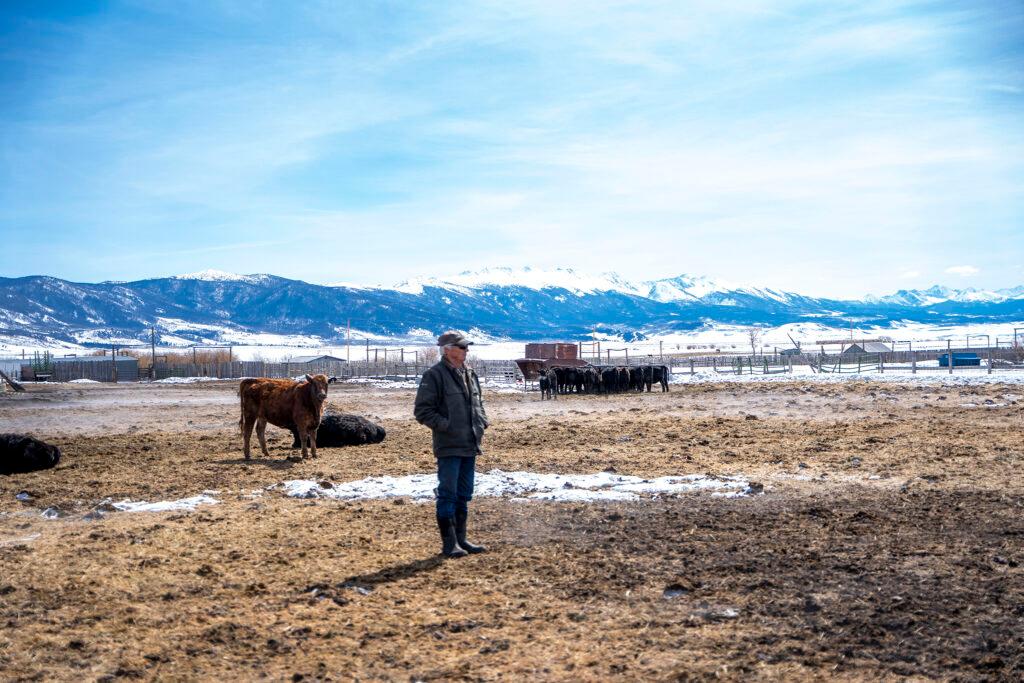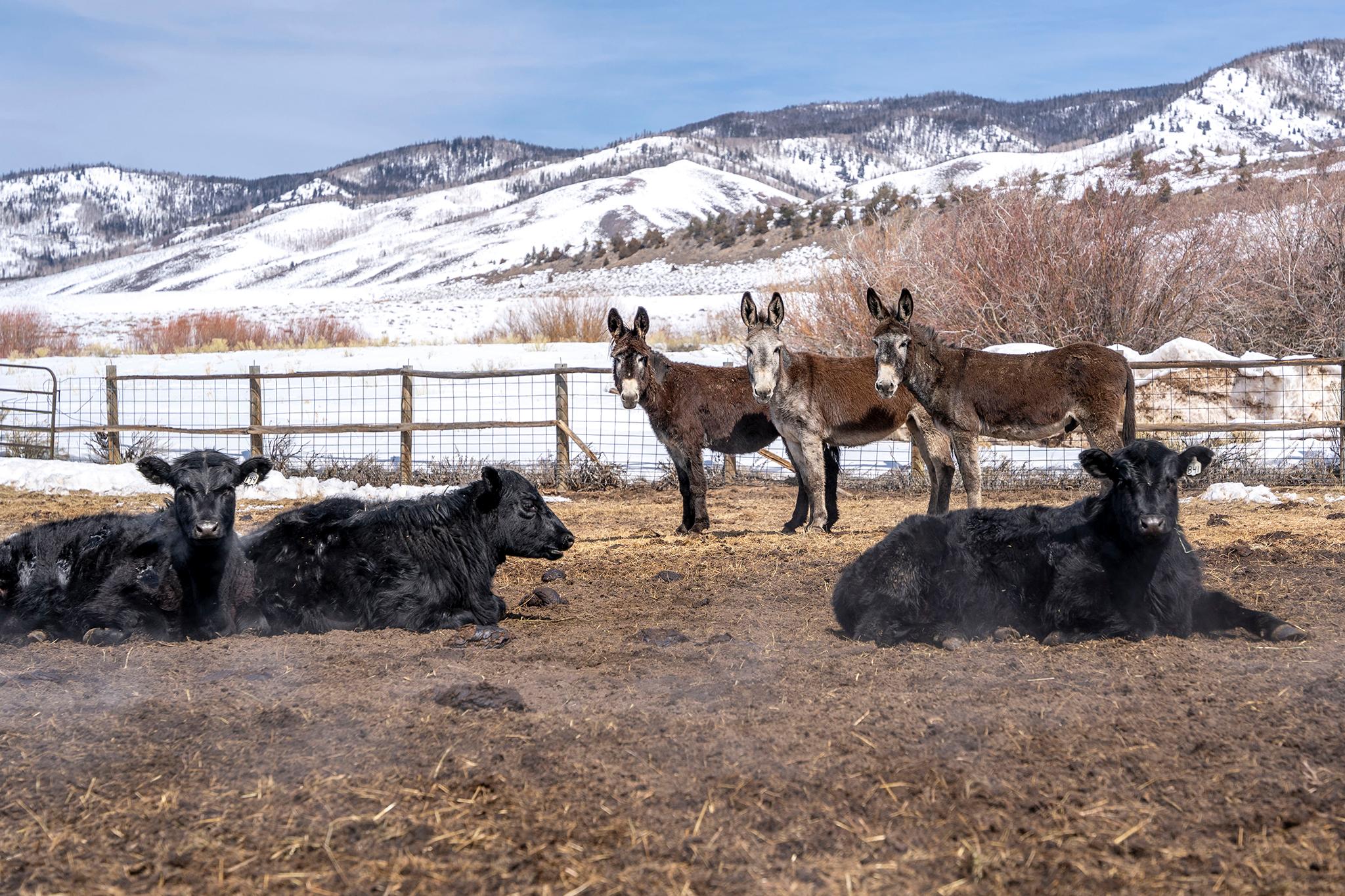
A Colorado rancher has brought in reinforcements to help him protect his livestock from wolves.
Don Gittleson now has seven donkeys at his mountain ranch near Walden, Colo., close to the Wyoming border. On a recent morning, three of the donkeys watched with intense focus as Gittleson entered a cattle pen, their ears snapping forward to track the sound of his steps.
Gittleson hopes the animals will make his herd a tougher target for local wolves, which have killed three of his cattle since last December. If everything goes according to plan, the next wolf that tries to get close to a cow will meet a hurricane of hooves and donkey teeth.
"What we want to create in the minds of the wolves is a possibility that if you come into the cows, you could be killed or you could be injured," Gittleson said.
Gittleson knows both ranchers and wildlife advocates are carefully watching his experiment with donkey defenders. It comes as Colorado wildlife officials finalize plans to turn the state into a safe haven for the endangered predators, both by actively releasing gray wolves and protecting others arriving on their own. Any tool to limit livestock losses could help ranchers decide whether the canines are a tolerable nuisance or an existential threat.
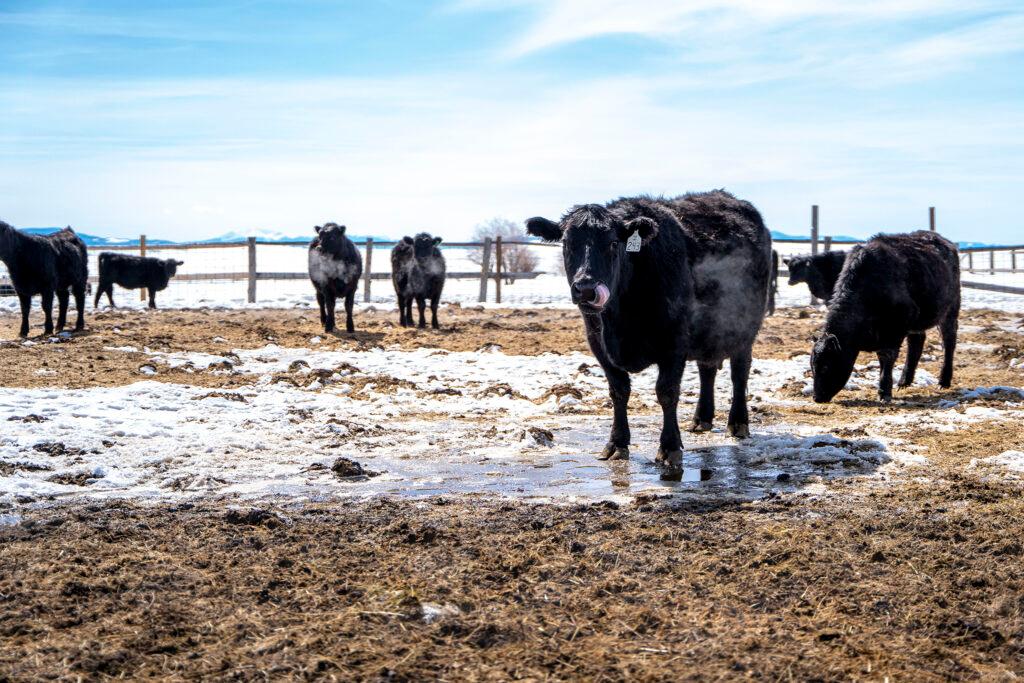
Wolves have posed a threat to livestock since they returned to the region
Recent events in Colorado's rugged North Park region haven't provided livestock producers much reason for comfort. Last year, a pair of wolves wandered into the region without human help and settled into a den site. A set of pups later emerged, marking the first evidence of gray wolves breeding in the state since hunters and trappers eradicated the species in the 1940s.
The wolves have since proven adept at hunting wildlife, domestic animals and livestock on other ranches. The pack likely killed another cow and a dog at neighboring properties, according to state wildlife officials.
Gittleson's preferred response would be to shoot the predators, but that's illegal under federal and state laws. He's opted for nonlethal deterrents instead, like electric fences and late-night watches to scare off any wolves entering the property. He credits those efforts for the lack of attacks over the last month but doesn't expect the good fortune to last.
"All of those things wolves are going to get used to, so it's going to have a shelf life," he said. "They’re not going to be afraid of it forever."
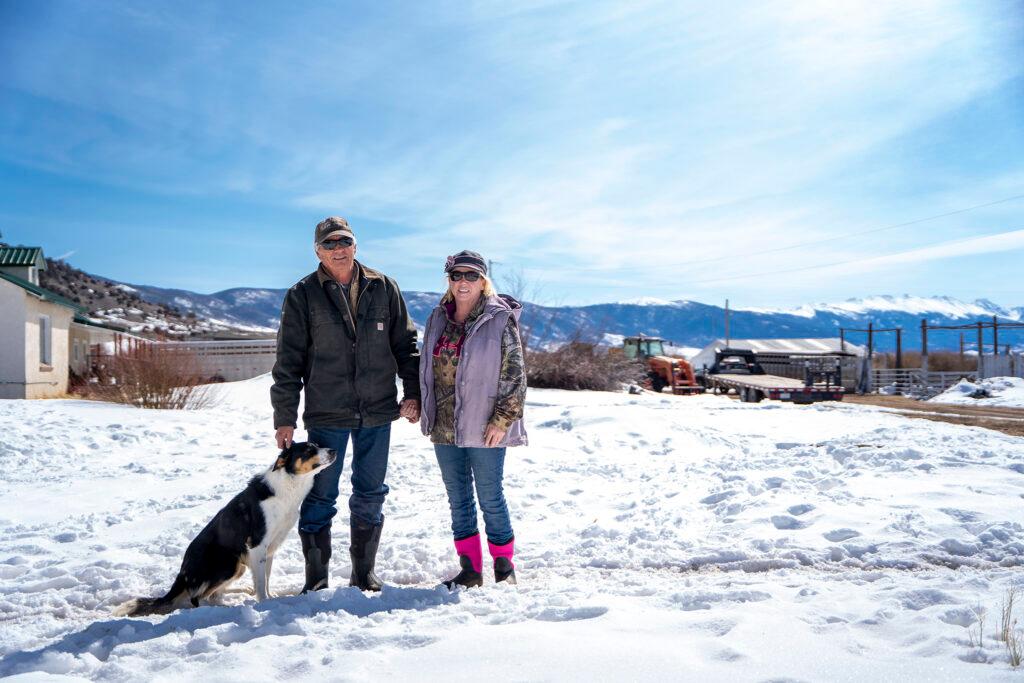
Instead of guard dogs, guard donkeys
Gittleson knew guard animals could add another layer of protection for his cattle. Hulking dogs were one option, but he decided against them after learning about the high price of their food. Through conversations with state and federal wildlife officials, Gittleson discovered guard donkeys could be a better choice. A glut of feral burros is already foraging food on federally managed public lands and facing down predators along the way.
His first attempts to obtain donkeys from the U.S. Bureau of Land Management ran into bureaucratic hurdles. That's when he mentioned his ambitions to Zach Weaver, a local officer with Colorado Parks and Wildlife.
Weaver soon identified six wild burros from the Nevada high country available for adoption. He picked up the animals from a facility in Utah and delivered them to the family ranch in late February.
Videos released by state wildlife officials show the moment the burros arrive at the property. The set of six clomped off a trailer and started feeding on some hay laid out across the dirt. Others stood in complete stillness.
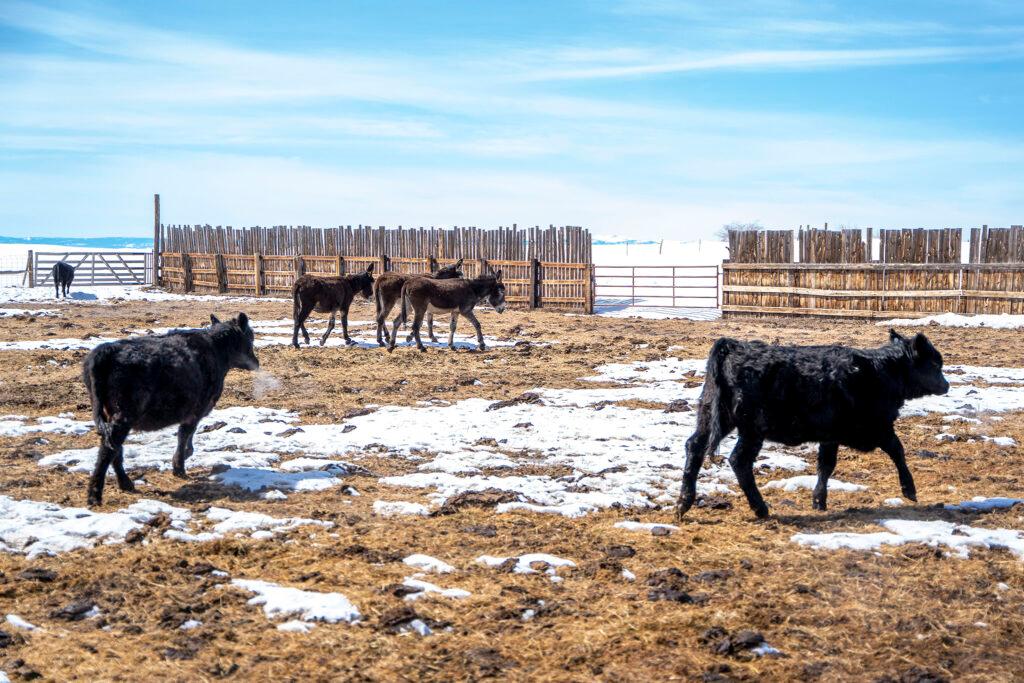
Not much about the donkeys’ behavior has changed, according to Don Gittleson's grandson, 13-year-old Eisten Gittleson. He talked up the guard animals to his school friends before Spring Break, which he spent helping at the ranch. Eisten told his schoolmates his family had received some "cool donkeys that are about to go ham on these wolves."
As Eisten pulled twine off of hay bale, he admitted the donkeys seemed a little too calm to be effective wolf deterrents. Even a dog entering the pen hadn't roused the burros, he said.
Other wolf-country cattlemen say donkeys’ tranquil demeanor can be deceiving. Chuck Becker, a northern Minnesota rancher, has used donkeys on his property to chase off timberwolves for about two decades. He has never seen one get to a wolf but once witnessed the aftermath of a coyote attempting to get past one of the guard animals.
"He beats it about half to death, and then he just stands back about one-hundred feet and watches it, like waiting for it to try to get away," Becker said. "It was like a cat with a mouse."
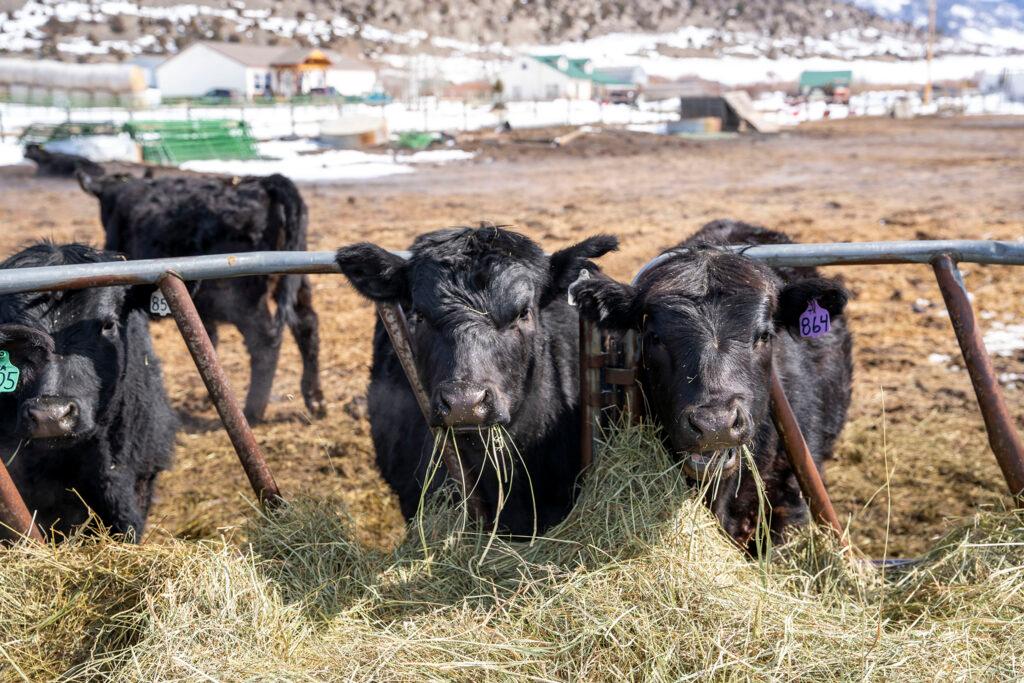
Raising the next generation of guard donkeys
Becker said he lost livestock to wolves every year before he brought donkeys to the ranch. Now he only loses an animal every four to five years.
While the guard animals have proven effective, Becker warns not every donkey is equally inclined to trample fear into wolves. He said they're most defensive when raised with cattle and learn to protect them as part of their own herd.
That prospect is why Gittleson bought a fertile male to breed with the wild burros. Eventually, he hopes to rear young donkeys alongside calves, but he doubts they'll ever be 100 percent effective. He expects to lose more cattle to wolves during the upcoming spring calving season and even more when he releases his cattle to graze the thousands of acres of public land he leases from the federal government every summer.
"There isn’t going to be a perfect solution, so hopefully, people don’t get too disappointed with their expectations of how this is going to work out," Gittleson said.
